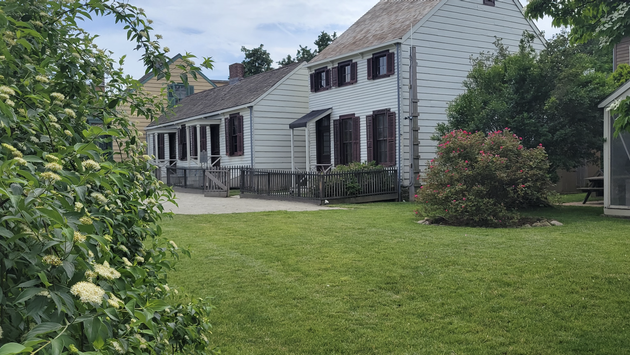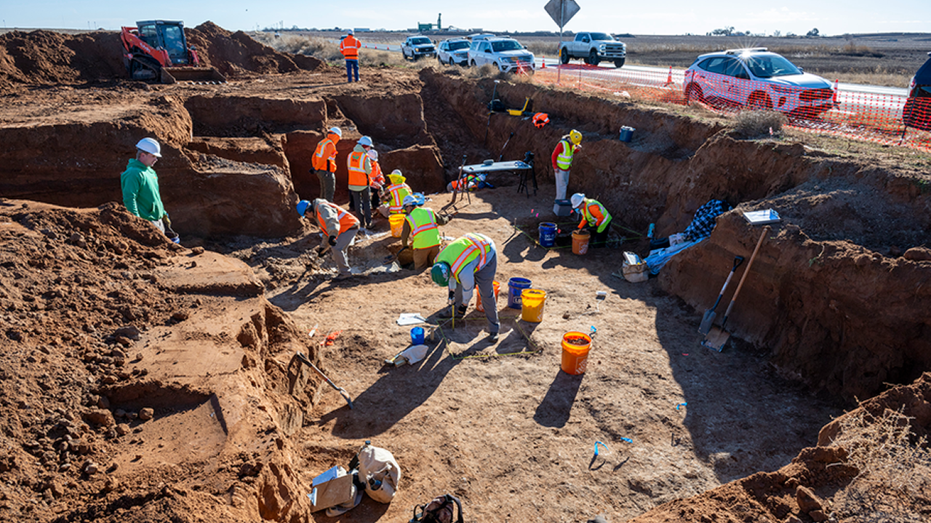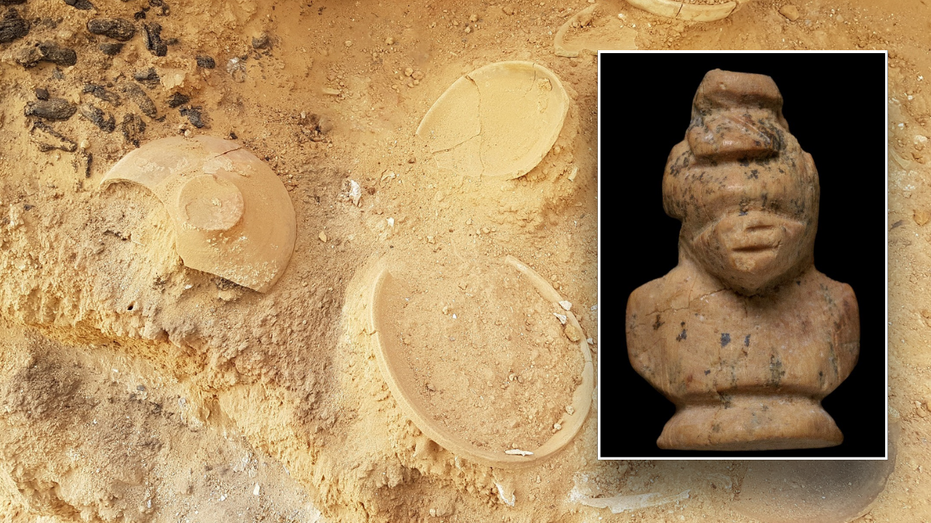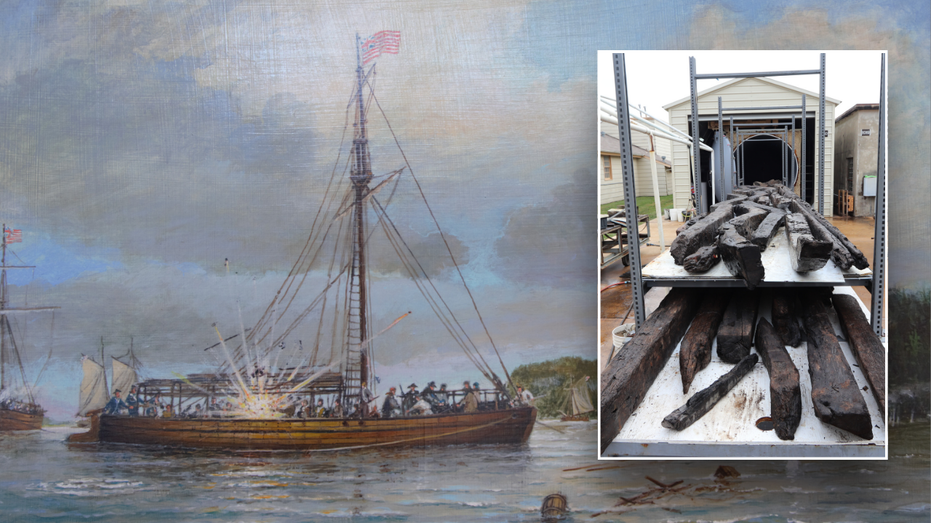- by foxnews
- 24 May 2025
US Cities Across the Country Offer Juneteenth Sites and Celebrations
There are many ways to learn more about Juneteenth and its central place in U.S. history through travel to sites from the East Coast and to Western states.
- by travelpulse
- 11 Jun 2022
- in travel

On June 17 of last year, President Biden signed legislation making Juneteenth, June 19, a federal holiday.
The signing followed George Floyd's May 2020 murder and an often-painful national focus on issues surrounding race in America. It was during this time that Juneteenth earned an unprecedented recent focus.
Yet many Americans are unaware of the events the holiday commemorates and it's of incalculable significance to Black Americans.
Fortunately, there are many ways to learn more about Juneteenth and its central place in U.S. history through travel to sites from the East Coast and to Western states.
President Abraham Lincoln's 1862 Emancipation Proclamation declared that as of January 1, 1863 "all persons held as slaves" in Confederate states during the U.S. Civil War "are and henceforward shall be free."
But the executive order went largely unenforced in Southern states. Geographically isolated from Union military forces, Texas became a refuge for slaveholders who circumvented the order and concealed the war's end and the Emancipation Proclamation from 250,000 enslaved people.
As war raged, Union troops did not enforce the Proclamation in many southern states until January of 1863. A full two years later, the last battle ended with General Edmund Kirby's defeat in Galveston, Texas on June 2, 1865. Kirby's surrender came eight weeks after Robert E. Lee's at Appomattox, Va.
On June 19, U.S. took finally took decisive action in Texas. Leading 2,000 troops, Gen. Gordon Granger read "General Order No. 3," at several Galveston locations, including the "Negro Church on Broadway," as Reedy Chapel-AME Church was then known. Granger announced that all enslaved people were free and the Civil War had ended. African Americans rejoiced in the streets following the announcement.
Later Granger's troops reprinted and circulated General Order No. 3 throughout the Texas Gulf Coast and East Texas, where 40 percent African Americans were located by the war's end.
A year after the announcement, Black Galveston residents organized Texas' first official emancipation celebration, which they called "Jubilee Day." The organizers also used the events to inform their fellow Black citizens of their voting rights and guidelines. By 1872, the holiday was known as "Emancipation Day" and "Juneteenth."
While it originated in Texas, sites tied to Juneteenth history range across the U.S., from the east coast to western states.
Here are several sites travelers can visit to learn more about this crucial chapter in U.S. history:
Any proper Juneteenth journey should start where the holiday began, in Galveston, Texas. The Gulf Coast city offers several locations tied to Juneteenth history. Self-guided tours are available at Reedy Chapel AME Church, where Granger read Lincoln's Order. In 1866 the historic church was deeded to freed enslaved people, becoming Texas' first African Methodist Episcopal church.
The building combines gothic revival architecture with regional craftsmanship, with masonry was designed by African American politician, businessman and union leader Norris Wright Cuney.
In Galveston, travelers can also drive by the historic home known as Ashton Villa, from where General Gordon Granger read General Order No. 3.
Baltimore's links to original Juneteenth events are primarily spiritual, owing to the city's history as a center of African American life and the struggle for justice and equality, sentiments that inspired Juneteenth. Several present-day sites recount this legacy.
Internationally celebrated abolitionist, orator, journalist, statesman and diplomat Frederick Douglass was born into slavery in 1817 (or 1818) in Talbot County, Maryland. Largely self-taught and chastened by years of bondage, he launched his escape at Baltimore's President Street Station, now among the National Park Service's collection of certified Underground Railroad sites.
Disguised as a sailor and using identification papers obtained from a free black seaman, Douglass boarded a northbound train on Sept. 3, 1838, beginning a stealthy journey to Philadelphia.
His later journalism urging slavery's end was influenced in part by Douglass' experiences working as a tradesman on behalf of his master at the Fell's Point shipyard. The Frederick Douglass-Isaac Myers Museum recounts this period and also celebrates Isaac Myers, founder of America's first African American-owned shipyard.
Years later Douglass' incisive anti-slavery oratory led White Northerners to charge he could never have been enslaved. Douglass authored his 1845 autobiography, which became an international best-seller, in part to counter these assertions.
Freed African Americans migrated to Texas cities after the Civil War's end, establishing "Freedman's Towns" in Houston's Fourth Ward, Dallas' Oak Cliff district and the Ellis Alley Enclave in San Antonio.
In 1872, leaders of the Black congregations at Houston's Antioch Missionary Baptist Church and Trinity Methodist Episcopal Church purchased 10 acres in Houston's Third Ward to be used expressly to celebrate slavery's end in Texas.
The grounds became known as Emancipation Park, Houston's oldest. It was during this time that Jubilee Day in Texas became known as "Emancipation Day" or "Juneteenth."
Today, Houston travelers can visit Freedman's Town, where once-enslaved people from nearby plantations built a thriving Black community. The district includes a group of original row houses, many of which were earlier lost to redevelopment. The U.S. designated Freedmen's Town a nationally registered historical site in 1985.
Houston is also home to the Buffalo Soldiers National Museum, which chronicles the first Black professional soldiers to serve in American peacetime armies, beginning in 1886. Many were drawn from once-enslaved men and Civil War veterans.
The "Buffalo Soldiers" title was used by Native Americans to describe African Americans' skill, bravery and tenacity. It was a source of pride for the Black fighters, whose military campaigns included the U.S. Indian Wars, Spanish American War, World Wars I and II and the Korean War.
Independent Black communities formed in Juneteenth's wake drew inspiration from earlier efforts to carve safe and independent districts free from racial harassment and discrimination.
Named for founder James Weeks, Weeksville encompassed part of the present-day Brooklyn, N.Y. neighborhood of Crown Heights.
Weeks and other African American investors purchased property in 1838 to create a Black landowning community. Generations later in 1968, when continuing redevelopment threatened to eliminate the site's remaining historic homes, a grassroots preservation effort successfully preserved several houses.
The historic Hunterfly Road homes are located along an original Native American trail and later key Colonial-era road. The houses, which have been continuously inhabited, exemplify the distinguished lifestyle of free people of color in the urban North.
On June 18 and 19, the Weeksville Heritage Center will host a Juneteenth Food Festival featuring more than 20 Black food vendors offering delicious fare from nations from Africa, the Caribbean and Latin America, plus several U.S. regions.
- by foxnews
- descember 09, 2016
Texas road construction unearths 'colossal' prehistoric remains of 'big ol' animals'
Archaeologists in Texas recently discovered prehistoric megafauna bones, including a giant ground sloth, during a highway project in Lubbock, according to officials.
read more




